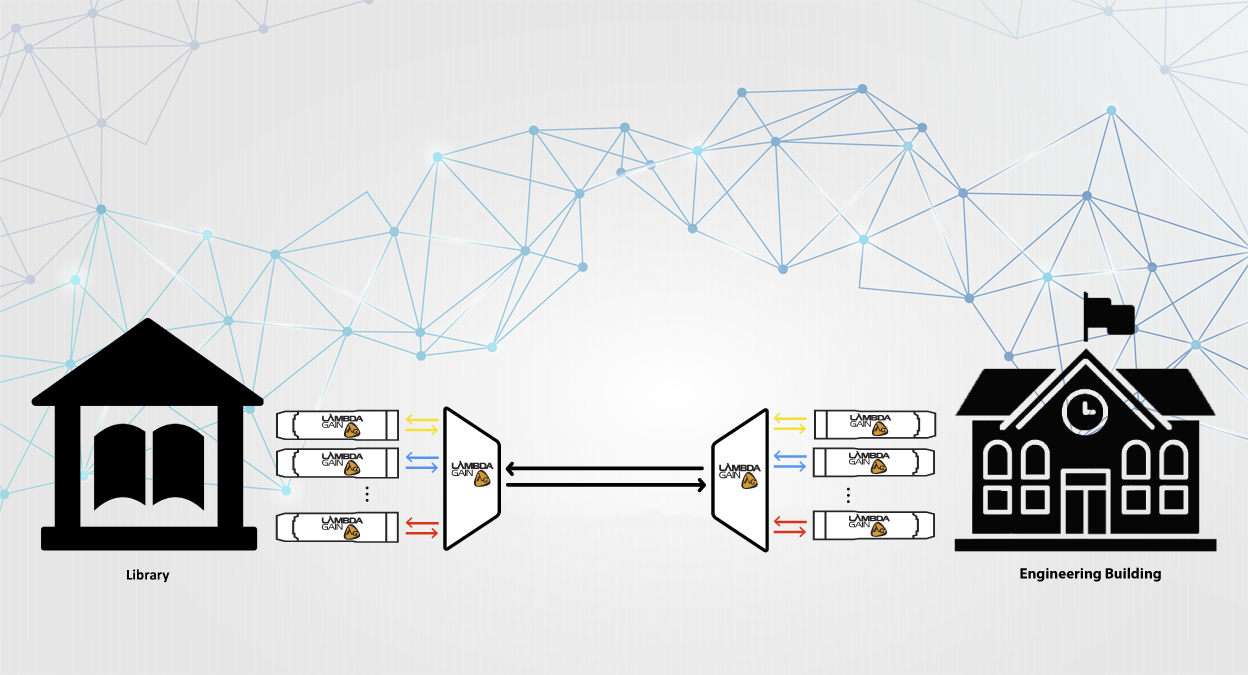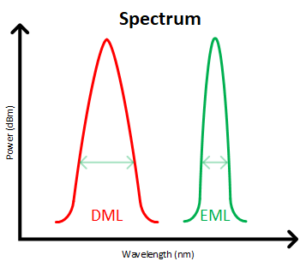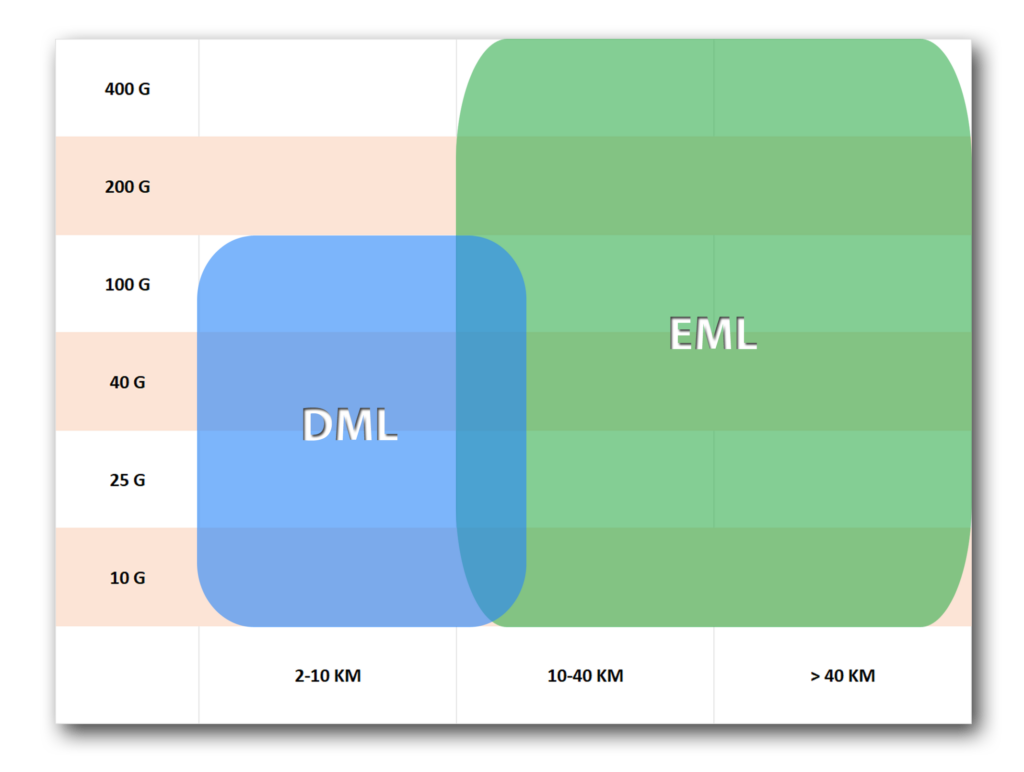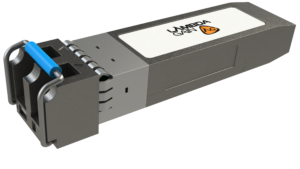
Unlock Affordable Campus Connectivity using CWDM DML SFP+ Optics
In the ever-evolving landscape of networking technology, the demand for high-speed connectivity within campus environments and large buildings continues to rise. Educational institutions and corporations are increasingly facing the challenge of interconnecting various network devices beyond a single 10Gbps connection, while keeping the cost of adding capacity manageable. This is where IT managers and network designers are starting to consider Coarse Wavelength Division Multiplexing (CWDM) solutions, particularly when the large scale and capacity of a DWDM system are not necessary. By utilizing Directly Modulated Laser (DML) SFP+ CWDM optics, they can cost-effectively expand capacity while meeting the specific needs of their network infrastructure.
Understanding CWDM DML-based SFP+ Optics
Before delving into the benefits of CWDM DML-based SFP+ optics for campus networking, let’s first grasp the technical nuances behind this technology. DML lasers provide a cost-effective solution for short-range applications with fiber lengths of 2 – 10 Km. DML lasers achieve their cost-effective design by directly modulating the optical output by varying drive currents and offer a simpler yet highly efficient modulation technique. However, DML lasers typically exhibit higher noise levels compared to Electro-absorption Modulated Laser (EML) technology. This noise can degrade the signal quality over longer distances, limiting the reach of DML-based systems. EML lasers, with their narrower linewidths and more precise modulation, are better able to mitigate chromatic dispersion effects, enabling longer transmission distances.

The Advantages for Campus Networking
In campus environments or large buildings where network designers need to interconnect multiple network devices at 10Gbps speeds, CWDM DML-based SFP+ optics present several compelling advantages:
1. Cost Efficiency: One of the primary reasons for opting for DML-based optics is their cost advantage. With a simpler design and manufacturing process compared to EML-based optics, DML-based SFP+ modules are more budget-friendly, making them an attractive choice for organizations looking to maximize connectivity without breaking the bank. In comparison to Electro-absorption Modulated Laser (EML) based solutions, CWDM DML-based SFP+ optics are 4 to 5 times less expensive. This significant cost differential makes these optics a compelling choice for campus networking deployments.
2. Short Reach Nature: In campus-based or in-building scenarios, transmission distances are typically short. CWDM DML-based SFP+ optics are well-suited for applications spanning up to 10 kilometers, allowing network designers to cover the typical requirements of campus environments with a more cost-effective technology.

3. Reliable Performance: While DML-based optics may have limitations in terms of reach compared to EML-based counterparts, they still offer reliable performance. With proper network planning and deployment, DML-based CWDM SFP+ optics can effectively meet the connectivity needs of campus networks, and users can count on stable, consistent, 10Gbps speeds.
4. Scalability: Campus networks are constantly evolving to meet increasing demands. By combining CWDM DML-based SFP+ optics with passive CWDM Mux/Demux modules, organizations can easily scale their network capacity. With 8 distinct CWDM channels, each operating at 10Gbps, the total link capacity can reach up to 80Gbps. This scalability ensures that organizations can grow their network infrastructure to match evolving needs without costly re-engineering. This adaptability is crucial for future-proofing the network and ensuring it remains resilient to evolving requirements.

Campus Area Network
LambdaGain Solution Elements
The LambdaGain solution incorporates key elements designed to optimize performance and cost-effectiveness. By leveraging our DFB-based CWDM SFP+ pluggable optics and CWDM Mux/Demux modules, network designers can establish a robust network infrastructure capable of seamlessly connecting various campus buildings while minimizing costs.
Let’s delve into the key solution elements that drive the success of our campus networking solution.
- CWDM SFP+ pluggable optics installed within the routers, switches, and servers of the various buildings within the campus area network. To ensure an economical implementation, these optics utilize more cost-effective DFB lasers that are right sized for campus area networks.

- CWDM Mux/Demux modules to aggregate multiple 10G signals to increase capacity between the various buildings within the campus area network. Passive CWDM mux/demux modules are cost-effective, simple to implement, and highly reliable.

Conclusion
Deploying DML-based CWDM SFP+ optics and passive mux/demux modules provides a cost-effective solution for campus or in-building network connections. Their affordability and suitability for short-range applications enable organizations to enhance connectivity and capacity without overspending. With reliable performance and scalability, DML SFP+ based CWDM networks empower seamless expansion. Leveraging these technologies, organizations can build resilient, budget-conscious infrastructure to meet modern connectivity demands.
Contact Us
If you are planning an expansion of your campus optical network and would like to find out how DML optics can help you stick to your budget, please Contact us.
About FONEX data systems inc.
FONEX data systems inc. (FONEX), delivers optimised, purpose-built solutions for wire-line and wireless telecommunications service providers across Canada, the USA, and Europe. We combine over 30 years of expertise in telecommunication architectures, standards, and trends with a leading edge portfolio of carrier-class products to meet and exceed our customers’ business, technical and operational requirements. Find out more about FONEX here.
